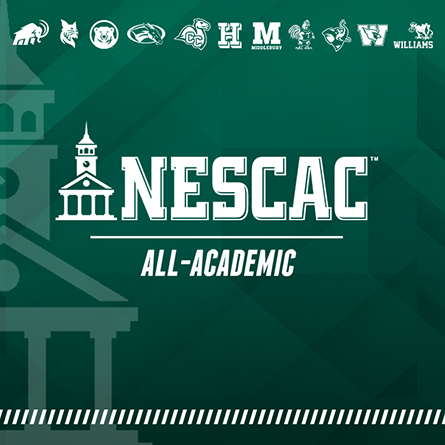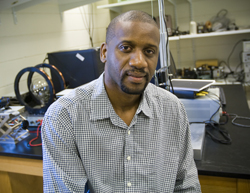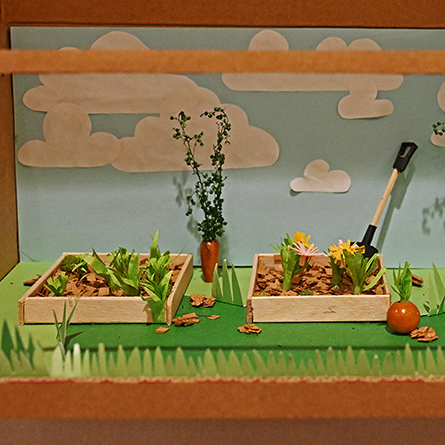
Research is funded by the U.S. military

Mohamed Diagne, the Oakes Ames Associate Professor of Physics, has been awarded a $200,000 grant that will enable physics students to work with him on research that could have a major impact on the treatment of brain injuries.
Diagne's work is in the field of optogenetics, which combines optics and genetics to study neural activity and brain function. He and his team will be contributing to a larger program known as REPAIR (Reorganization and Plasticity to Accelerate Injury Recovery), being conducted by several major research universities, including Stanford and Brown.
"We're bringing a set of skills those major schools don't have and that would take a long time to get," said Diagne, a 1997 Connecticut College graduate. "Our role is to build optrodes with dual functionality: Deliver light pulses to trigger neural activity and record electrical signals coming from the neurons."
The grant was funded by the Defense Advanced Research Projects Agency (DARPA), the research and development office of the U.S. Department of Defense, and the Space and Naval Warfare Systems Command (SPAWAR), one of three major acquisition commands in the Department of the Navy.
"They're concerned with wounded members of the military, many of whom sustain brain injuries," said Diagne, who noted that traditional treatments for such injuries are limited. "We're taking a look at the neural patterns of a wounded person and interfacing with them."
The research is a continuation of work Diagne conducted with one of his Connecticut College students in the summer of 2010. Students will be involved in the tool fabrication, simulation of the optrode optical waveguide and the studies of transfected cells by fluorescent proteins and light-gated channel proteins such as Channel-Rhodopsin (ChR2).
Through the grant, Diagne's students will gain practical research experience and will have the opportunity to pursue independent studies. And when the project ends in March of 2014, Diagne hopes the team will have succeeded where commercial efforts have failed.
"By 2014, we want to have delivered the advanced tools that companies are trying to make, but so far without success," he said. "There's lots of enthusiasm for this technique, but we need to produce, to get results."
March 14, 2011
